FeatureSwiss VS Japanese Movements: Everything You Need To Know
A complex comparison made easy for you!
May We Recommend
Lot has been written about the famed Swiss and Japanese watch movements. When I was asked to write on this subject, I was quite excited about the same and this is what I have to share. I have been attending the watch fairs at Basel and Geneva for close to two decades now. And quite naturally have been observing the evolution of the luxury watch industry from the beginning of the century. And the answer to ‘which movement, Swiss or Japanese is better’ is rather complex. It’s like choosing between a swanky sedan and a smart hatchback. Both have their advantages and disadvantages. Let me elaborate.
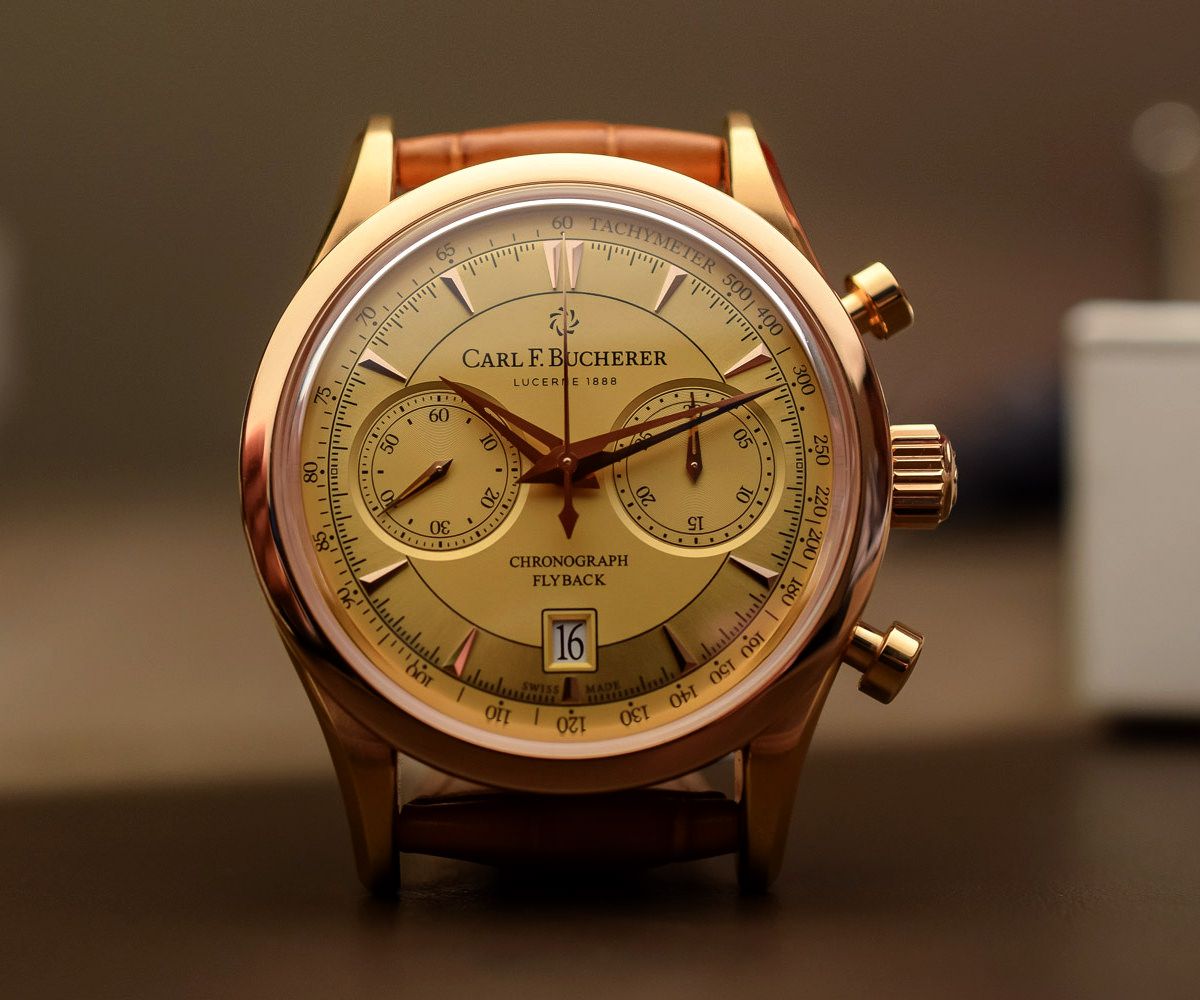
Like any watch aficionado, I study complications like the tourbillon- the Holy Grail of fine watchmaking since Abraham Louis Breguet in the early 19th century. While it’s almost a calling card of any marquee Swiss brand, it’s hardly produced by a Japanese watchmaker. This is the critical difference. Movement merely follows the intent, backed by capability.
Swiss watches are luxurious and naturally expensive. They stand for the best quality, craftsmanship and exceptional marketing. Functionality, though important, often gets overshadowed by the drama of storytelling highlighting the legacy of Swissness above all. Japanese brands on the other hand almost follow “practical” and “functional” as the two buzzwords of their watchmaking needs.

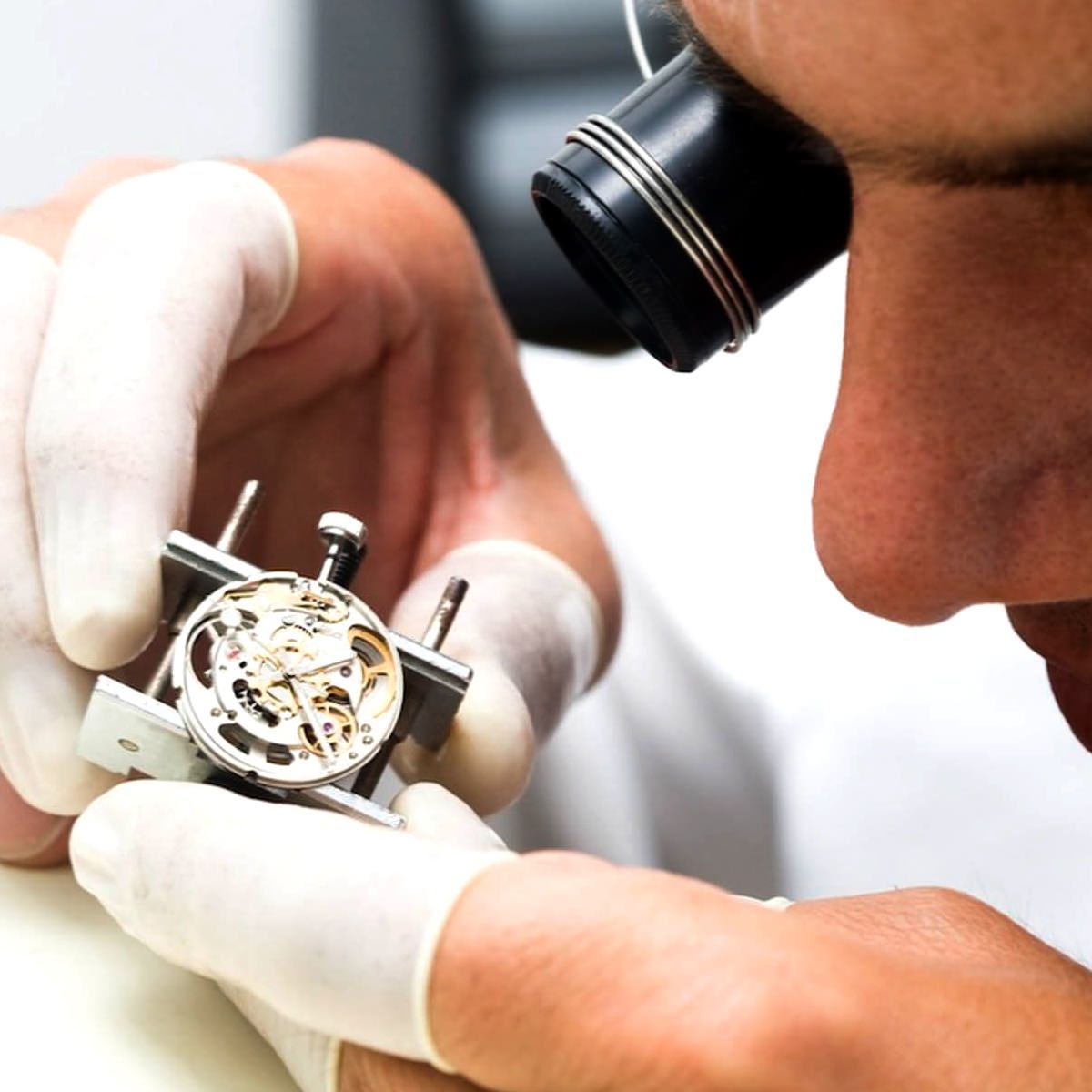
HISTORY:
The history of the watch and clock making industry is fascinating. Switzerland was where it all began in the early 16th century. The English did not take too long to jump in. In fact in the early stages of the developing industry, the English made great watches and clocks between 1650 and 1850, even better than the Swiss. The epicentre moved briefly to Paris before permanently shifting to Switzerland largely due to the French revolution at the end of the 18th century. The earliest Swiss watch brands come from the 18th century.
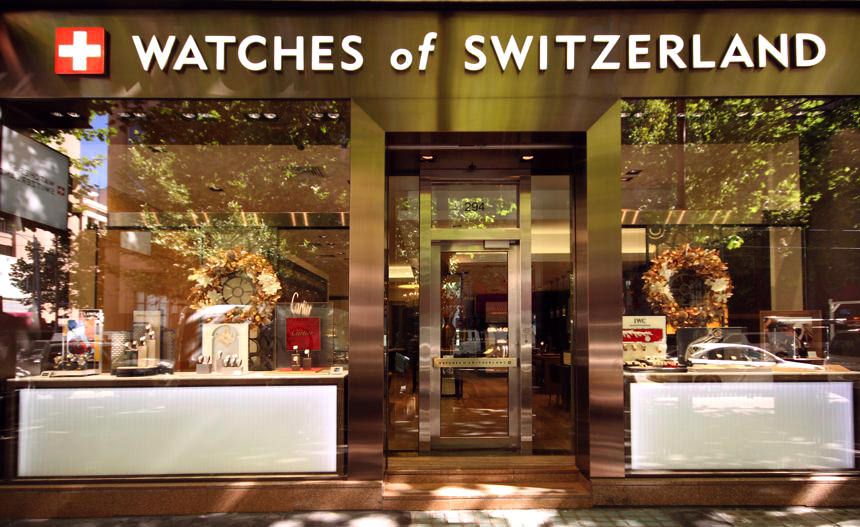
The Japanese watch industry is very recent- a 20th-century phenomenon. But the distance they have covered in this short time is remarkable. They identified a slot within the affordable luxury category which was looking for quality and was not being serviced by the expensive Swiss watches.

QUARTZ:
While the Swiss continued to make exceptional mechanical watches, there was a new movement- the Quartz, sweeping the world over. And the Japanese (Seiko were the ones who invented it), launched the first commercial model Astron in 1969, and marketed it with great sports timekeeping association tie-ups. The Quartz movement almost threatened to shut down the Swiss watch industry in the early 1980s.

The Swiss had no option but to reorganise and fight back the threat at the lower end of the luxury segment with stringent rules of Swiss-made, to stay ahead in the race. The visionary leader of Swatch Group, late Nicolas Hayek Sr., realised the future war in the industry will be fought on movements more than anything else. His foresight today has been proven right, as ETA- the largest movement manufacturer of Switzerland, is a prized jewel of his company, supplying movements to the world. ETA’s Japanese counterpart is Citizen owned- Miyota movements.
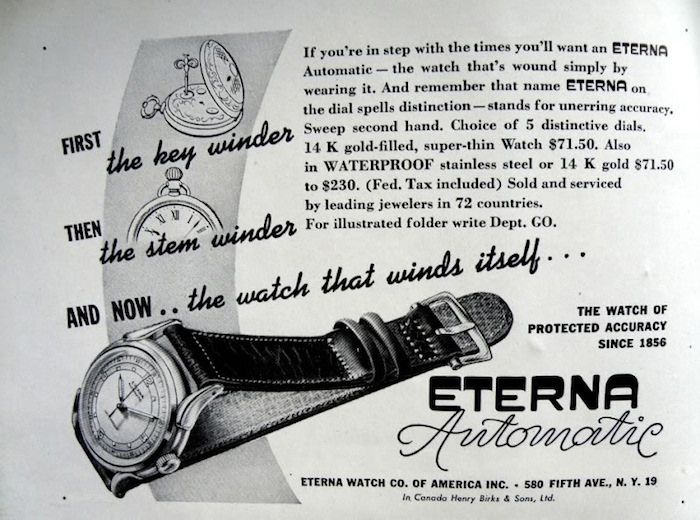
Though the Japanese movements are much lower in price they are quite precise and efficient and have been working on small case sizes and low power consumption.
AUTOMATIC:
While the ETA 2824 is the most prominent Swiss automatic movement for third party manufacturers, the movements from Seiko and Citizen are doing well too. The previous generations of Japanese movements like the Seiko 7S26 and the Miyota 8215 were robust but not exceptionally accurate or high on features. However, the newer Japanese movements have upped their reliability to a great extent as well as added features.
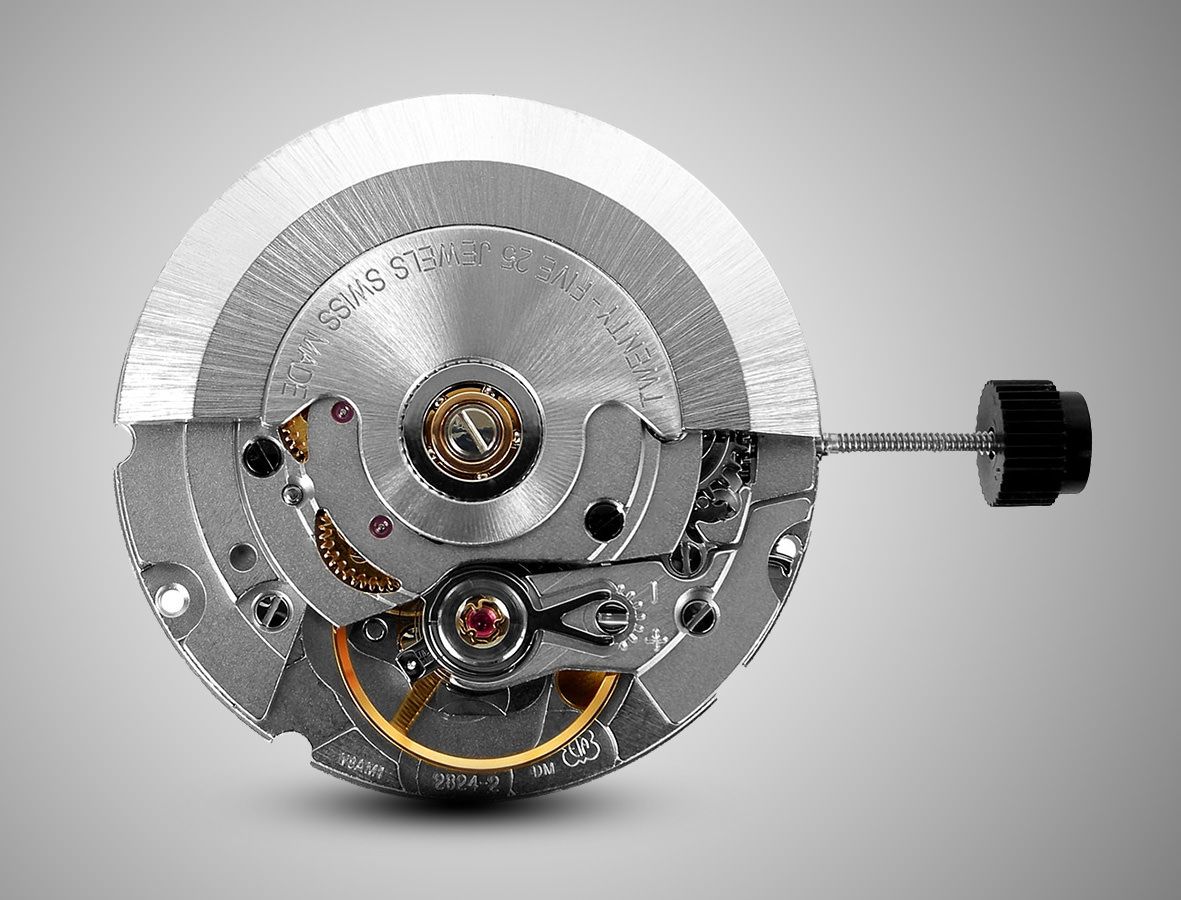
The new 6Rxx movement from Seiko is quite comparable to ETA’s 2824 in terms of reliability and features. Even the Miyota 9015, though with a noisier rotor, offers an efficient alternative. Swiss movements, though, have better power reserve than Japanese movements and require less winding. To sum up, Swiss movements are still slightly more robust and efficient. This being said, with Swatch limiting the supply of ETA movements to outside of the group brands, the popularity of Seiko and Miyota movements will certainly be on the rise.

PRICE:
Swiss movements are far more expensive than the Japanese ones. Just as an example, if we compare two robust movements over the years- the Seiko 7S26 and the Valjoux 7750, the latter is priced many times more.

Which do you think is a better movement? What are your reasons for choosing a Swiss or Japanese movement? Let us know in the comments sections below.







At the moment the 6R15 movement in my Seiko is more accurate than the 3132 in my Rolex and the watch was 10% of the price but ask me in around ten years for a better idea as to which one is best.
Dear Mitrajit,
Your article is very clear and well informed. I would like your views of Mechanical watch trends, which are coming back. What importance it holds in coming future. Also share your expertise of what kind of Mechanical movements will be ideal for an expensive watch.
Swiss movements, of course because they are very accurate, very well polished, hi quality alloys and have a very good synchronism. On the other hand , the Japanese Seiko 7s26, for instance, has balance wheel design issues, as well as synchronism issue. The same for other series, such as 4R36, 4R35, since they are based on 7S26. Also, the alloys in the Japanese movements are inferior to the Swiss ones.